In the low, rolling hills of southern Chatham County, south of Siler City in the woods near Harper’s Crossroads, lies one of the most famous haunted places in North Carolina.
The Devil’s Tramping Ground is a mysterious, perfectly round and absolutely barren circle about forty feet in diameter in the pine woods of Chatham County. Not a tree, not a flower, no lowly weed, not even a single blade of grass will grow in the limits of the circle. Seed sowed there refuses to sprout. Any vegetation transplanted there will wither and die.
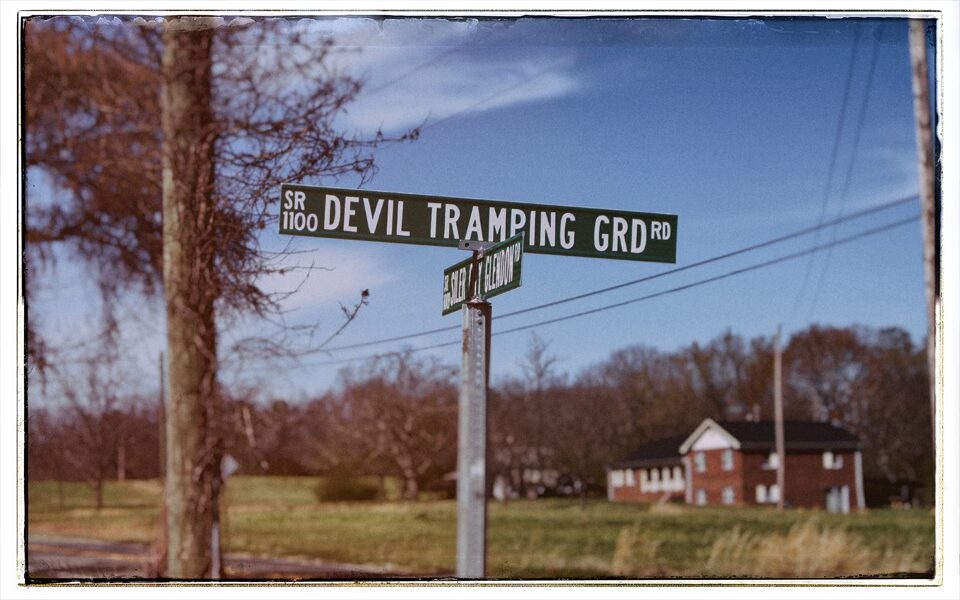
And, what’s even more strange, any object left in the circle before dusk will have been violently moved outside its bounds by dawn.
Dogs tuck their tails between their legs and whimper when brought near. The frightened animals will dig their heels into the sand, refusing to be brought into the circle.
Men have tried to spend the night in the circle, but not one has succeeded and remained sane. Something they see on their vigils drives them out of their wits, never to recover. For The Devil’s Tramping Ground has earned it’s name. It’s said that there is where The Devil himself walks at night.
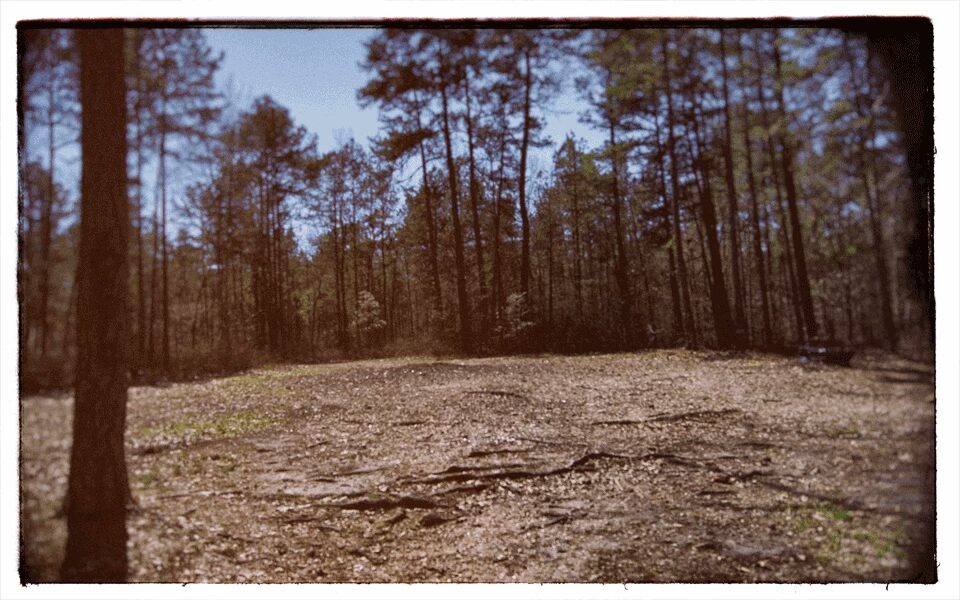
In his Tramping Ground, The Devil spends his nights pacing around and around in a circle and turning his bitter mind towards ways to bring human souls to damnation. It’s the scorching heat of his cloven hoofprints that kills the vegetation and has rendered the soil barren. He angrily brushes aside anything left in his path, his great strength easily able to toss aside even the heaviest objects. When he walks in his private spot on earth, The Devil drops the illusions with which he disguises himself when he appears to men. In his natural state the face of this fallen angel is so horrible that no man can see it and remain sane.
The mystery of The Devil’s Tramping Ground has been known since Chatham County was founded shortly before the War for Independence. From generation to generation, the story has been passed down, and despite efforts by scientists to explain this barren patch of land, no satisfying explanation has ever been given.
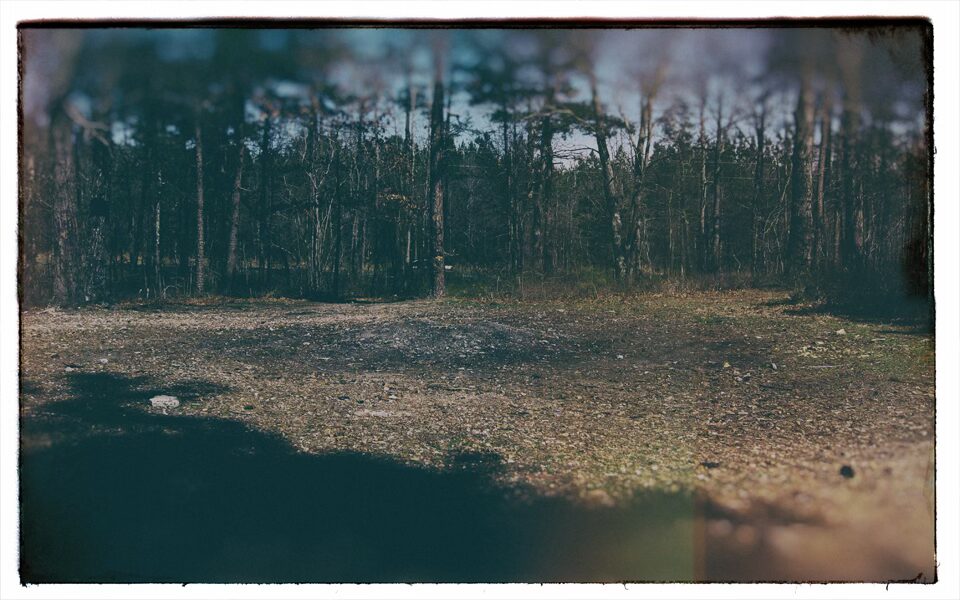
More About This Story
The classic version of the Devil’s Tramping Ground story is the one you’ve just read. Other explanations have been given for the cause of this barren patch of woods over the years, including the story that the place was the site of a battle between two rival tribes of American Indians. Supposedly the blood of those killed soaked the ground so thoroughly that nothing would ever grow there again. The losing tribe then fled from the mainland entirely onto the Outer Banks and became the Croatan tribe that befriended the Lost Colonists. Others say that the site is the burial ground of a great Indian chief named Croatan, and that the gods keep the spot barren out of respect.
The idea has also been put forth that the soil in the Devil’s Tramping Ground is barren because the circle was the site of a UFO landing, and the strange radiation from its extraterrestrial engines has permanently exterminated the grass.
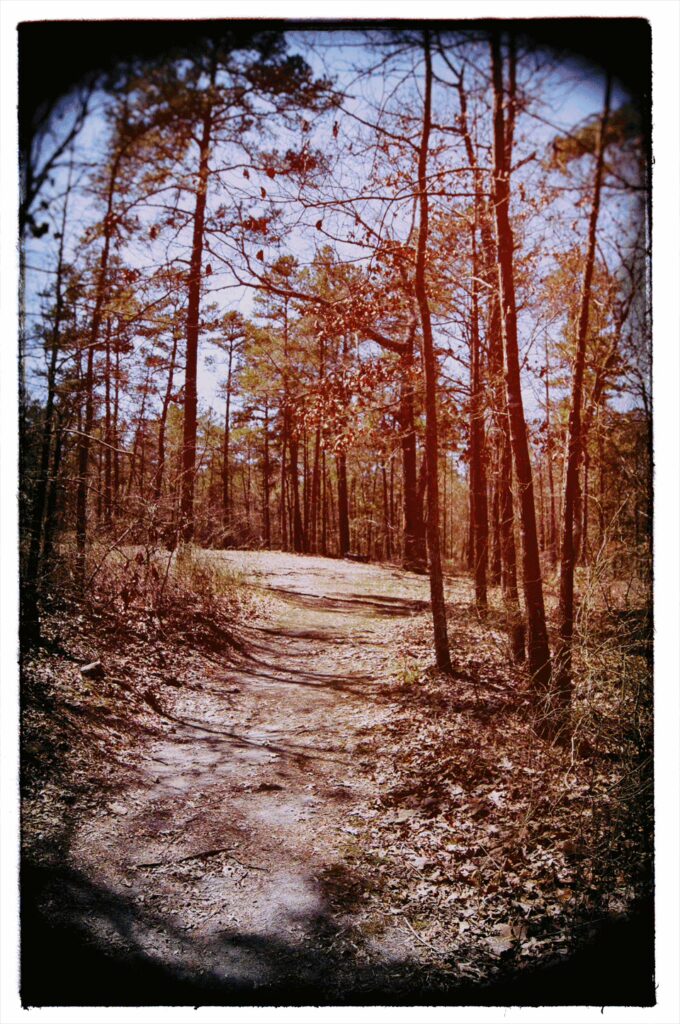
Most recently, a sign was posted at the site renaming the Devil’s Tramping Ground as “The Chatham County Vortex,” and claiming that the site is the anchor of a “Magdalene Crystal Column of energy”. Magdalene energy is an idea that has emerged out of England in the past decade. This theory proposes that the planet is surrounded by a web of divine “Ma-Ray” energy that is an expression of a divine feminine presence, bundling this idea with earlier English traditions of Jesus traveling to the British Isles at some point in his life, while also incorporating this into a mysticism based on Jungian psychology and feminist readings of Arthurian legend. So there’s a lot going on there, but what might be most interesting for the history of the Devil’s Tramping Ground in all of this is that for the first time the spot is being associated with positive supernatural forces instead of negative ones.
This sort of re-reading is one of the things that makes The Devil’s Tramping Ground such an interesting spot. It’s an example of how, once a place is identified as being supernatural or holy, that identification can persist even beyond the culture that created the original association. The idea of the sacred place persists, even as what that sacredness means is reinterpreted as new cultures and new contexts move into the area.
The original naming of the Devil’s Tramping Ground is part of a deep American folk tradition. The Devil seems to have come to Chatham County with the Scotch-Irish settlers who arrived in North Carolina during the Eighteenth Century, populating the course of the Cape Fear River, the Uwharries, and the Appalachians. The settlers were mainly immigrants from Ulster and the counties along the border between England and Scotland, and The Devil was very much part of the culture they brought along along with them.
Obsession with the supernatural had been running at a peak in parts of the United Kingdom for a long time even before the bulk of Scotch-Irish emigration to the New World. Scottish-born James I, who ascended to the unified throne of England and Scotland in 1603, was obsessed with witches and demons and even wrote a book on demonology. Knowing a crowd-pleaser when he saw it, and knowing who was the right crowd to please, William Shakespeare is said to have written the supernatural elements into Macbeth with an eye towards the superstitious king. Belief in witches, ghosts, and goblins was a genuine cultural fixation, and this demon-haunted world came with those settlers to America.
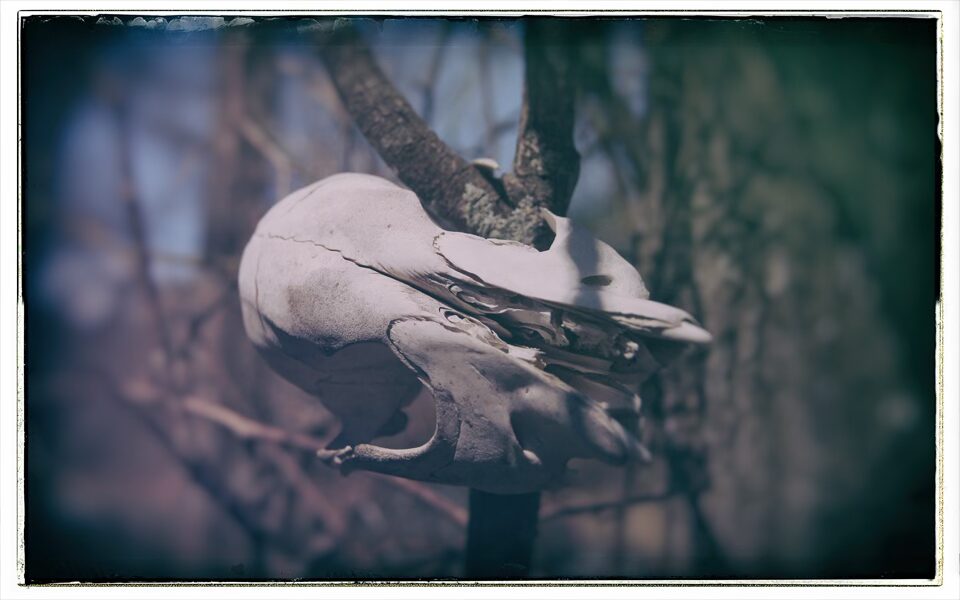
Much of Southern American folklore and folk music owes its shape to the Scotch-Irish, and The Devil was a central part of that story. The culture remains with us also in our place names. For the Scotch-Irish, any strange or dangerous place would often be named for The Devil. These names are all over North Carolina. Apart from The Devil’s Tramping Ground, North Carolina has a Devil’s Rock, a Devil’s Courthouse, Seven Devils, Kill Devil Hills, Devil’s Branch, Devil’s Chimney, Devil’s Nest, four Devil’s Elbows, two Devil’s Forks, a Devil’s Knob, the even The Devil’s Tater Patch.
For whatever reason, this small barren patch in the woods was at some point identified as being in some way supernatural. And as the cultural context around the spot has shifted, that idea has persisted even as the stories around it have changed.
In the Scotch-Irish tradition that originally named the spot, The Devil is a complicated character who is seen as often as a comic figure as he is as an existential threat to human existence. There are numerous stories of The Devil being outsmarted by mortals who trick him into using his powers against himself. This complexity has, perhaps sadly, diminished quite a bit since The Devil’s Tramping Ground was first named. Our expectations for The Devil have changed, and the convergence of popular culture and folklore has played a large role in this. After forty years of movies like “The Exorcist”, when The Devil bothers to make the trip to the surface we’re counting on him to do something more impressive than just walk around in a circle. This may be part of the reason why the stories around the spot have shifted so much in recent years.
And so the threat of The Devil in the woods has been replaced with other threats. The interpretation of the site had been seen through the lens of dark powers associated with Native Americans in much of white American folklore, where the complexities of guilt and a need to establish a psychological legitimacy to the taking of Native lands often casts the first inhabitants of the country as a supernatural force that needed to be eliminated, stories which give a sense of legitimization to European possession of the land.
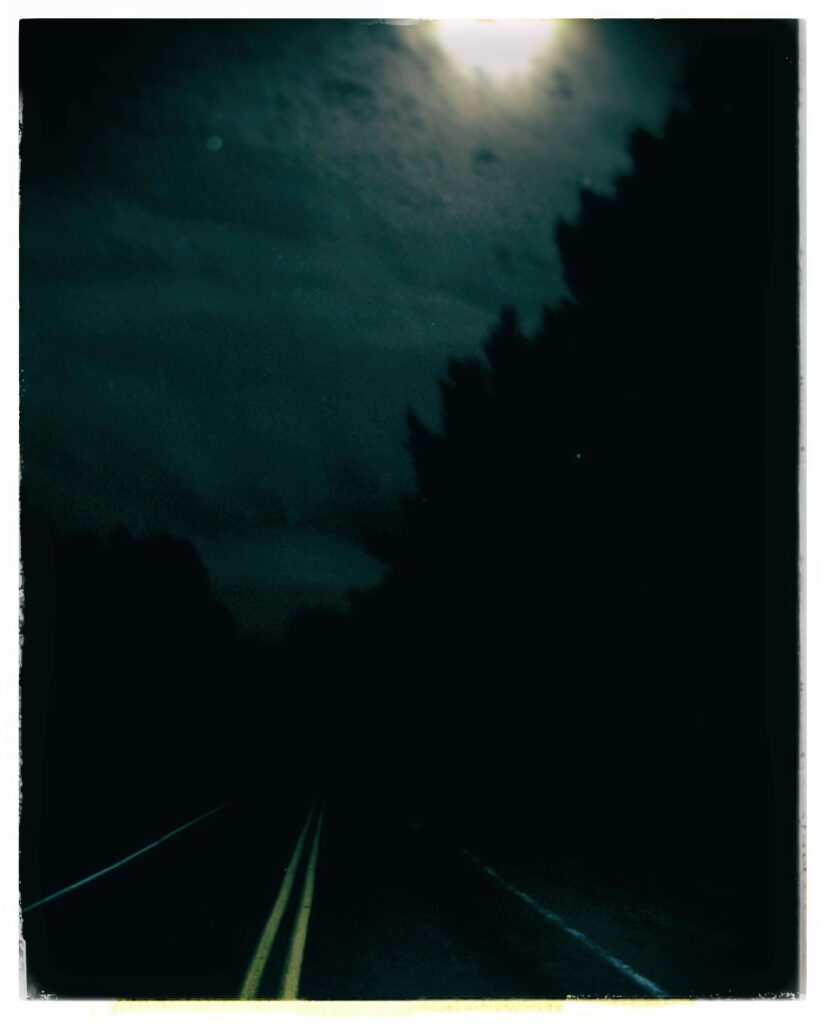
Similarly, the story of the Devil’s Tramping Ground as a site for a UFO landing may be a way of dealing with Cold War anxieties and the rapid changes in technology and social structure in the later half of the 20th Century. The threat of uncontrolable forces that could completely disrupt someone’s life shifted as the cultural context through which life was experienced shifted. The threat went from being demons to being aliens, the unseen forces changed from magic to radiation.
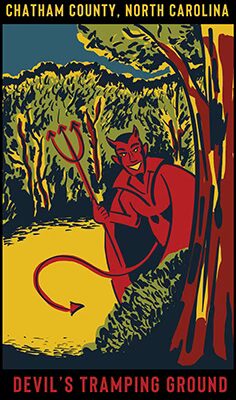
You can get this retro travel decal Devil’s Tramping Ground sticker along with lots of other fun merch in our online store.
Through it all, the mystical spot in the woods of Chatham County remained. Whether or not the latest incarnation of The Devil’s Tramping Ground as a source of Magdalene Crystal Energy will persist, and whether the culture has shifted enough so that once-feared ideas of supernatural forces are now embraced, remains to be seen.
As for what’s happening with the Devil’s Tramping Ground itself, most visitors going to the spot expecting a spectacle of supernatural horrors or Ma-Ray enlightenment will find the spot slightly disappointing.
The barrenness of the soil seems to result from the place being a naturally occurring salt lick, a phenomenon not at all uncommon in the pine forests of the Carolinas. The site has also shrunk significantly this century, its diameter now measuring around twenty feet. The salt content of the soil seems to be naturally fading enough so that grass now grows freely in the circle.
The chief thing keeping the clearing free of other vegetation is the constant tramping it receives not from the Devil, but from vistors and local kids who use the place as a party spot. It also seems that the Devil, the aliens, or whoever else was keeping the spot clean has moved on, as objects left in the circle invariably remain there. The site frequently abounds with with empty Slim Jim wrappers and beer cans. A rusted refrigerator sat in the circle for a number of years, which was eventually hauled away by human hands on the back of a very mundane truck. It may just be that The Devil has given up, the proliferation of modern litter being just too much for the Prince of Darkness to cope with.
